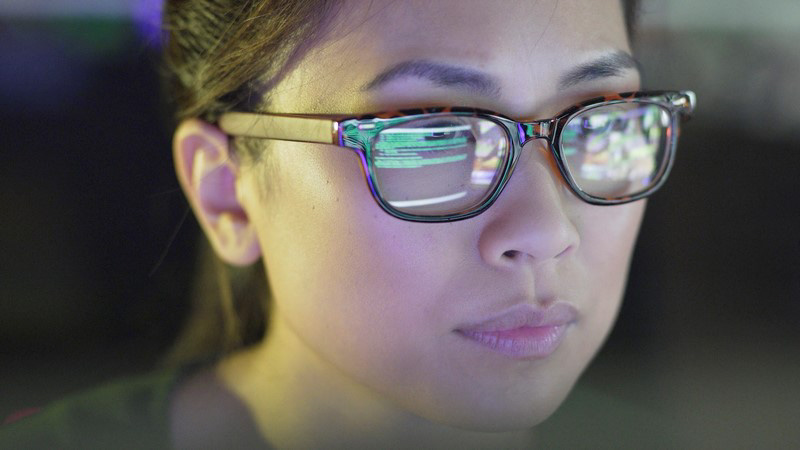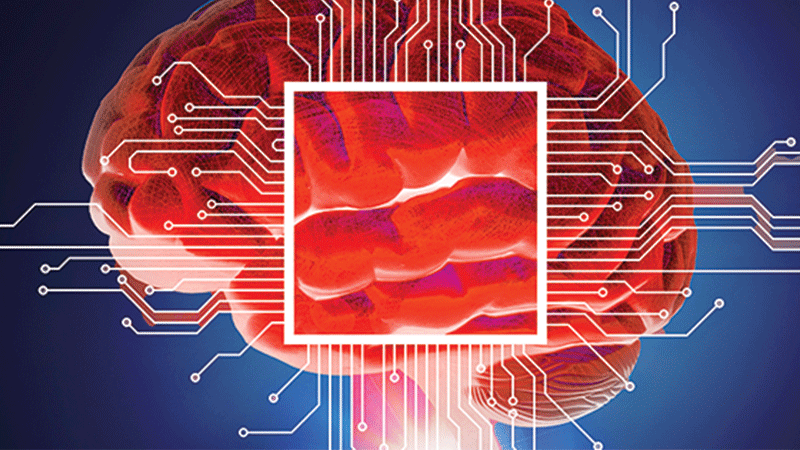What are you looking for?
AI and Software Test Automation
Unlock a new era of software quality assurance
What is AI-Augmented Software Testing?
In artificial intelligence (AI)-augmented software testing, AI and machine learning (ML) technologies play a key role in ensuring software quality. AI-driven software testing accelerates test creation, expands test coverage, and helps identify far more defects than a human tester.
The use of AI / ML has led to a monumental shift in the role of testing in the software development life cycle. It has empowered testers with a more accurate, efficient, and flexible solution to the ever-changing requirements of modern software development.

2024 Gartner® Market Guide for AI-Augmented Software-Testing Tools
- Why Keysight Eggplant was named a Representative Vendor
- Which areas of software testing benefit the most from AI
- Benefits and risks that come with AI-augmented software testing
Automate UI Testing with Advanced Computer Vision


Catch Defects Early with Exploratory Testing and Predictive Analytics
Using AI in software testing enables early defect identification. Validating user experience (UX) and customer experience can be complex and time-consuming with traditional functional test solutions. Exploratory testing using AI / ML enables quality-assurance teams to test all possible user journeys. This method enhances software quality and helps expose vulnerabilities early in development, before they reach production.
Test the Entire Digital Experience with a Model-Based Approach Powered by AI
Model-based software testing shifts the focus from basic code compliance to the overall UX. When paired with AI, model-based testing expands test coverage to all possible user journeys. Keysight Eggplant uses AI / ML algorithms to generate exploratory tests that simulate user journeys. All you need to do is build a simple model of the interface, and Eggplant applies AI reasoning to auto-generate the test cases for you.

Innovating with AI: How Keysight Provides Value to Customers
Al is fundamentally reshaping all industries. The strategic importance of AI lies in its ability to unlock new opportunities, drive innovation, and enhance operational efficiency for our customers, Keysight, and society as a whole. At Keysight, we use AI for internal product development and to increase insight and productivity.
Read our executives’ perspectives on Keysight’s AI strategy.
Popular Resources
Frequently Asked Questions - AI Software Testing
Artificial intelligence (AI) software testing, sometimes referred to as AI-augmented software testing, uses AI and machine learning (ML) technologies to enhance testing processes. This approach introduces efficiencies, predictive analytics, and automation capabilities beyond traditional testing methods.
AI software testing integrates AI / ML algorithms into the software testing process to automate complex tasks, improve test accuracy, and predict potential defects more efficiently than traditional manual testing or standard automated testing techniques.
Using AI in software test automation helps you to generate and optimize test cases, scripts, and data, identify and prioritize areas for testing, recognize patterns to predict future failures, and dynamically adapt test strategies based on learning from past test results.
The benefits of AI software testing include increased efficiency through automation of repetitive tasks, enhanced accuracy and coverage, reduction in time to market , improved defect prediction, and the ability to analyze and understand complex data sets for better decision-making in testing strategies.
While AI can automate many testing tasks, it will not replace human testers for the same reasons that automation will not replace human testers. AI cannot replace the creativity, intuition, and nuanced understanding of human testers. AI is a complementary tool that enhances the capabilities of human testers by offloading repetitive tasks and providing insights based on data analysis.
Implementing AI in existing testing processes starts with identifying repetitive, time-consuming tasks that AI can automate. This approach focuses on selecting the right tools and platforms, training the AI models on historical data, integrating AI capabilities into the testing workflow, and continuously monitoring and refining the AI's performance.
AI computer vision can automate the visual verification process in software testing, such as detecting UI elements, comparing visual outputs to expected results, and identifying visual anomalies in applications. This approach is particularly useful in GUI testing, where traditional automated tests may struggle with dynamic content or complex visual layouts.
By understanding and interpreting visual data as humans do, AI Computer Vision enables more robust and flexible test automation. It can recognize UI elements across different resolutions and environments, making tests more resilient to changes in the application's visual design.
Keysight integrates AI across the development life cycle to enable faster product design and development. Keysight Eggplant Test uses AI / ML algorithms to generate exploratory tests that simulate user journeys. The software enables teams to test any application across any platform or device using a model-based approach. The software interprets and interacts with the application like a real user, making it perfect for even the most secure development environments using AI-powered computer vision.
Want help or have questions?


